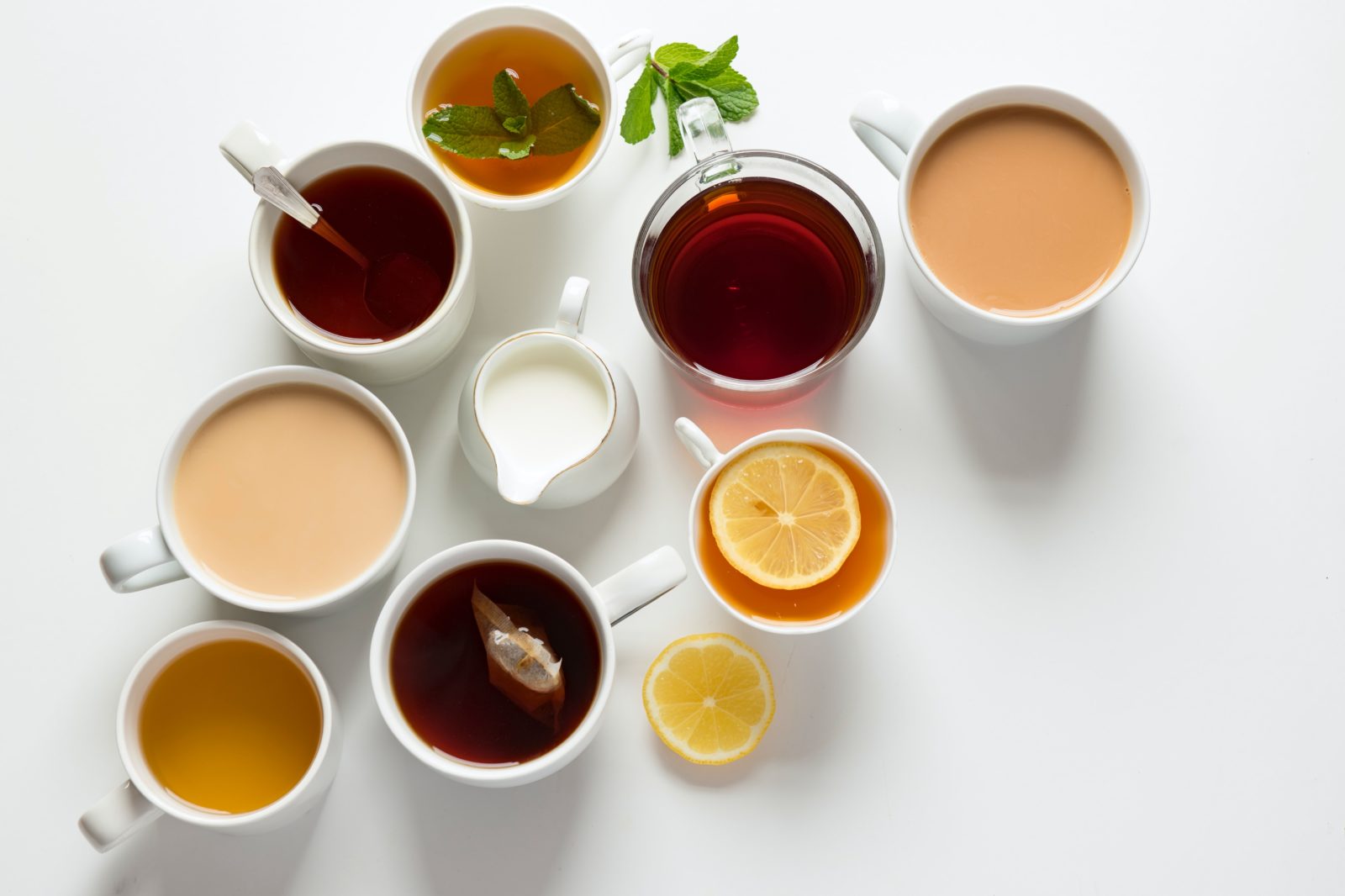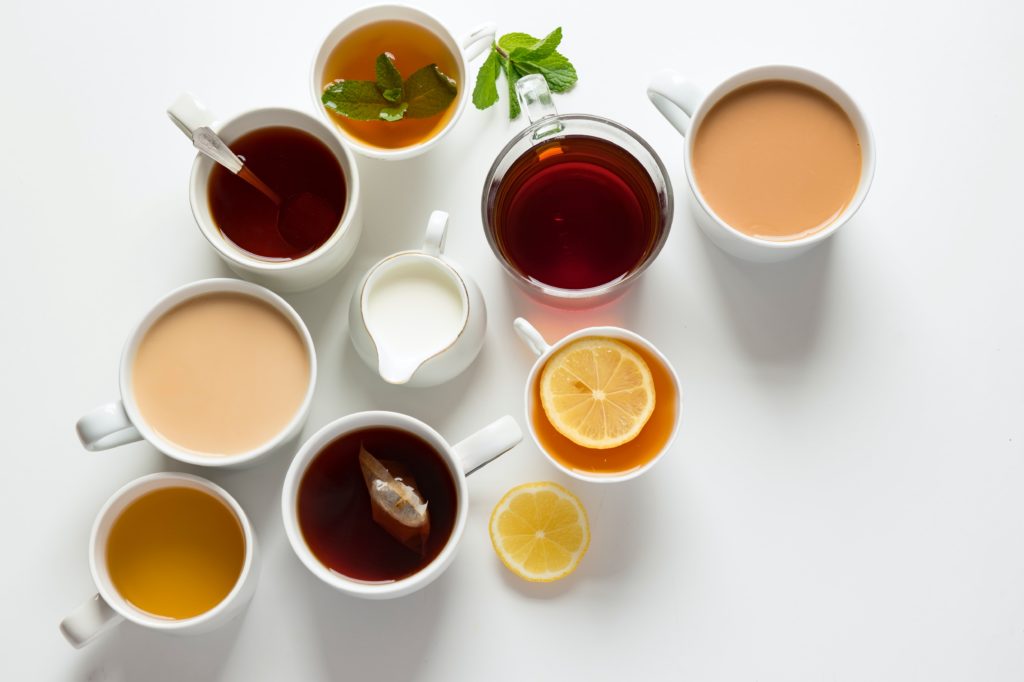
We all have spent quite a bit of time indoors for the past two months. Some of us have learned to make sourdough bread, or how to play the guitar. People are studying new languages, and watching YouTube videos about how to craft beeswax candles.
As we continue to devote more time than normal at home, even as businesses open their door again and people tip-toe back into work, we think it’s an excellent time to learn more about classic, authentic teas.
Traditional tea (as opposed to herbal tea) comes from the plant Camellia sinensis, which is cultivated primarily across Asia and parts of Africa. Tea’s major styles revolve more about what happens to the tea leaves after they are harvested than flavor variations between tea leaves. At the same time, within each category of tea, such as oolong, different regions and climates help coax myriad flavors from the leaves.
Below, we offer descriptions of each major tea category, along with Ku Cha suggestions for specific teas to try. Think of the list below as a kind of “starter kit” for kick-starting an exploration of the world of tea.
Ku Cha’s Classic Tea Starter Kit
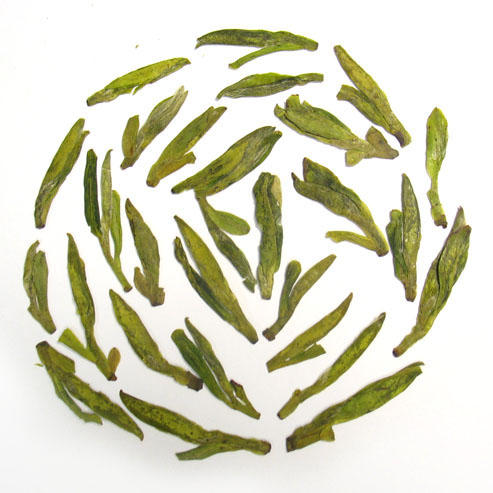
Green Tea
Tea leaves are harvested and heated immediately, to prevent oxidization. This tea, as its name suggests, is green in color and it tastes fresh and often grassy.
Ku Cha’s Green Tea Starter Kit Suggestion: Dragon Well Superior. Also known as Long Jing, This outstanding green tea, considered one of the finest in China, produces a golden brew with distinct nutty aroma and a rich flavor. Among Chinese green teas, this one contains the most catechins, which are powerful antioxidants found in all traditional teas.
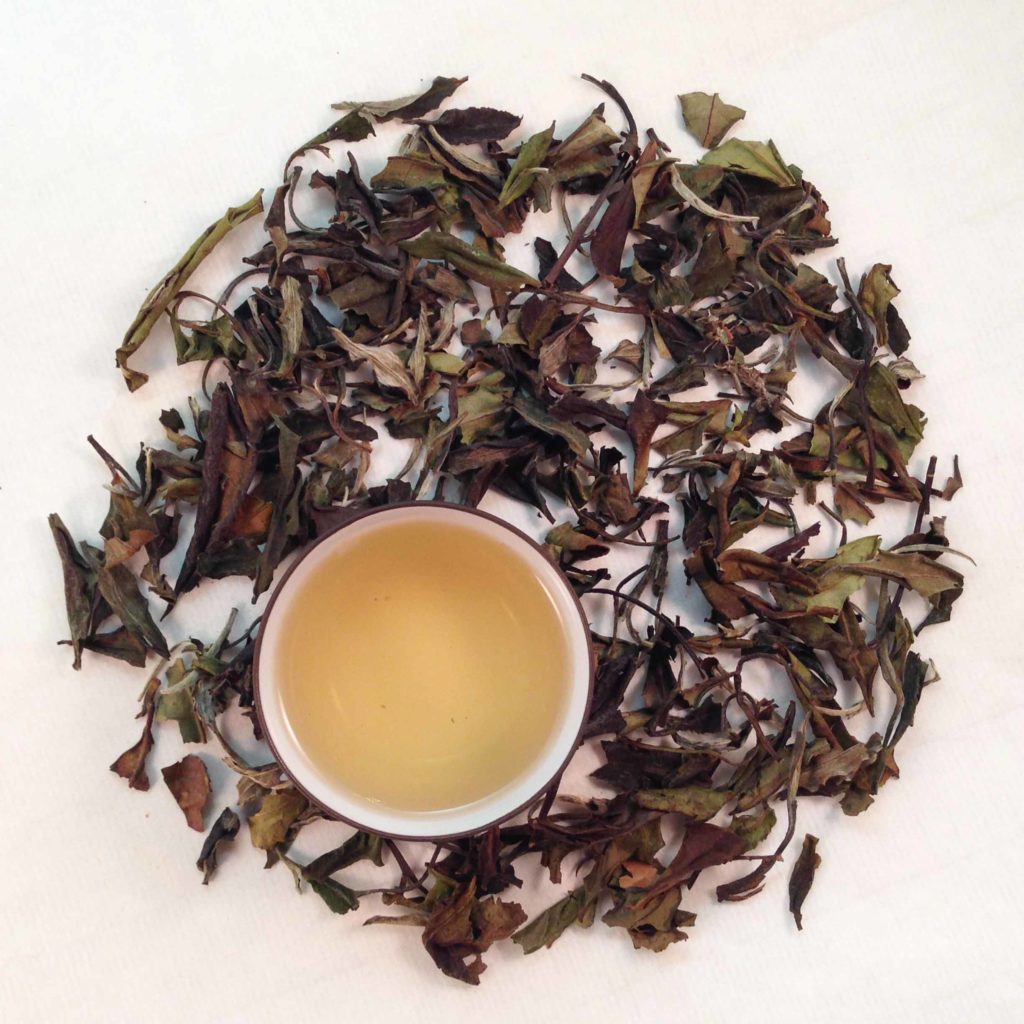
White Tea
New growth buds on tea plants, rather than mature leaves, are harvested and quickly heated to stop oxidization. The difference between white and green tea is green tea is made out of mature leaves rather than buds.
Ku Cha’s White Tea Starter Kit Suggestion: Peony White. This tea is also known as Pai Pu Tan. This delicate tea from southern China’s Fujian province is made from young buds and leaves that emerge early in the spring. While light in color, Peony White is packed with flavor and aroma. It smells like tree blossoms in the spring, and the taste is almost sweet.
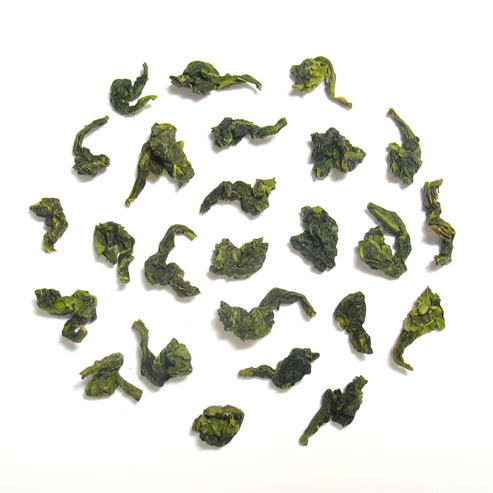
Oolong Tea
These teas are partially oxidized. Turning tea leaves into oolong demands several steps. Immediately after harvesting, tea workers wither the leaves in direct sunlight, and then shake them in bamboo baskets, which bruises the leaves and helps invite more rapid oxidization. The leaves then are moved to the shade, where they dry until the leaves edges turn yellow. All along, tea workers continue to shake the leaves in the baskets. This ongoing process of drying and shaking produces the oxidization for which oolongs are famous. Green oolongs often undergo oxidization of about 20 percent, but classic Formosa oolongs are 60 percent oxidized. Finally, once the leaves achieve the desired oxidization level, they get tossed in hot pans and heated, which stops oxidization.
Ku Cha’s Oolong Tea Starter Kit Suggestion: Tie Guan Yin. This is one of the most famous of Chinese teas, a gorgeous, floral oolong from China’s Fujian province. The tea’s name means “Iron Goddess of Mercy,” which refers to a Buddhist goddess. Not many teas are named after goddesses! It is that special — intensely floral and sweet. Qin savors Tie Guan Yin when she tries to carve out time for relaxation and contemplation.
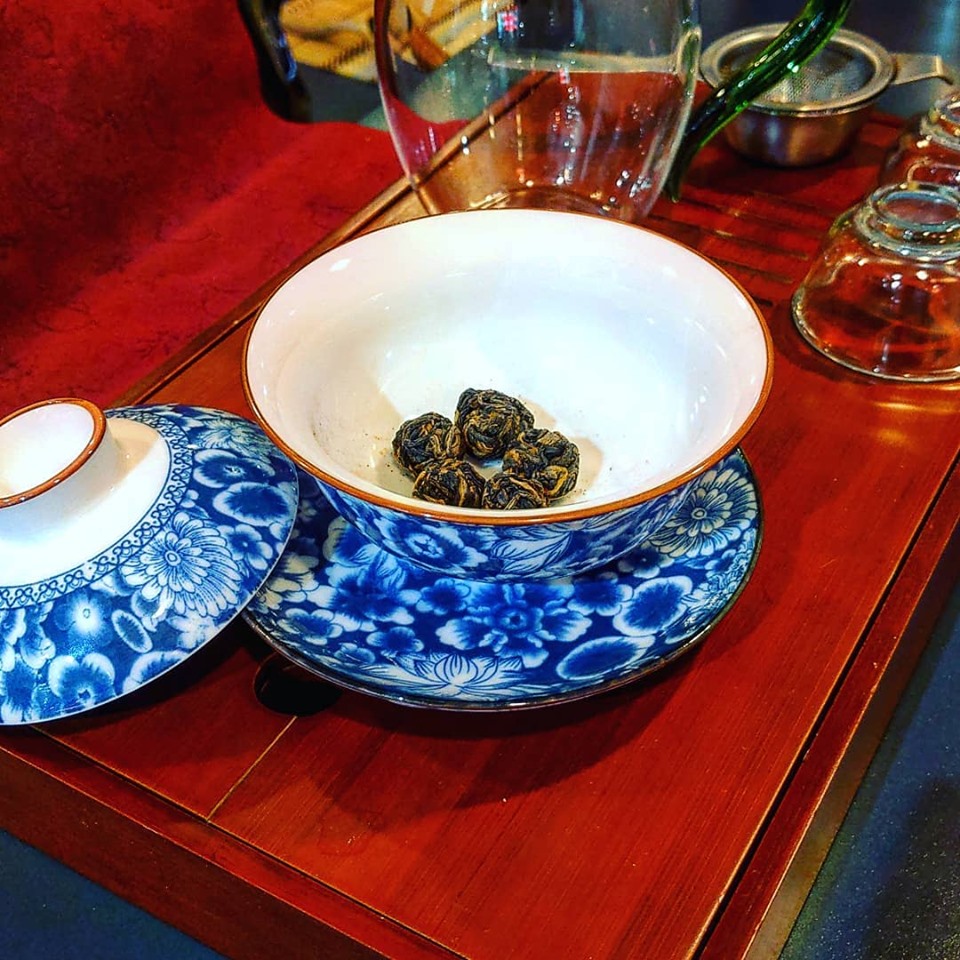
Black Tea
This style of tea is the most popular in the world. Most teas from the Indian subcontinent are black teas, and these teas get turned into classic styles like English Breakfast and Earl Grey. They also are widely used in iced teas. Black teas undergo the most heavy oxidization of all. It is oxidization that colors green tea leaves. More more oxidization, the darker the tea.
Ku Cha’s Black Tea Starter Kit Suggestion: Black Dragon Pearl. Most of us are familiar with black tea. It’s what we taste in iced teas, and probably the tea we are most commonly served in restaurants and sold in bags in supermarkets. But Black Dragon Pearl is a little bit different, a unique tea from China’s Yunnan province that is handpicked and rolled into a pearl shape. The tea is smooth and malty, with hints of cacao and spice.
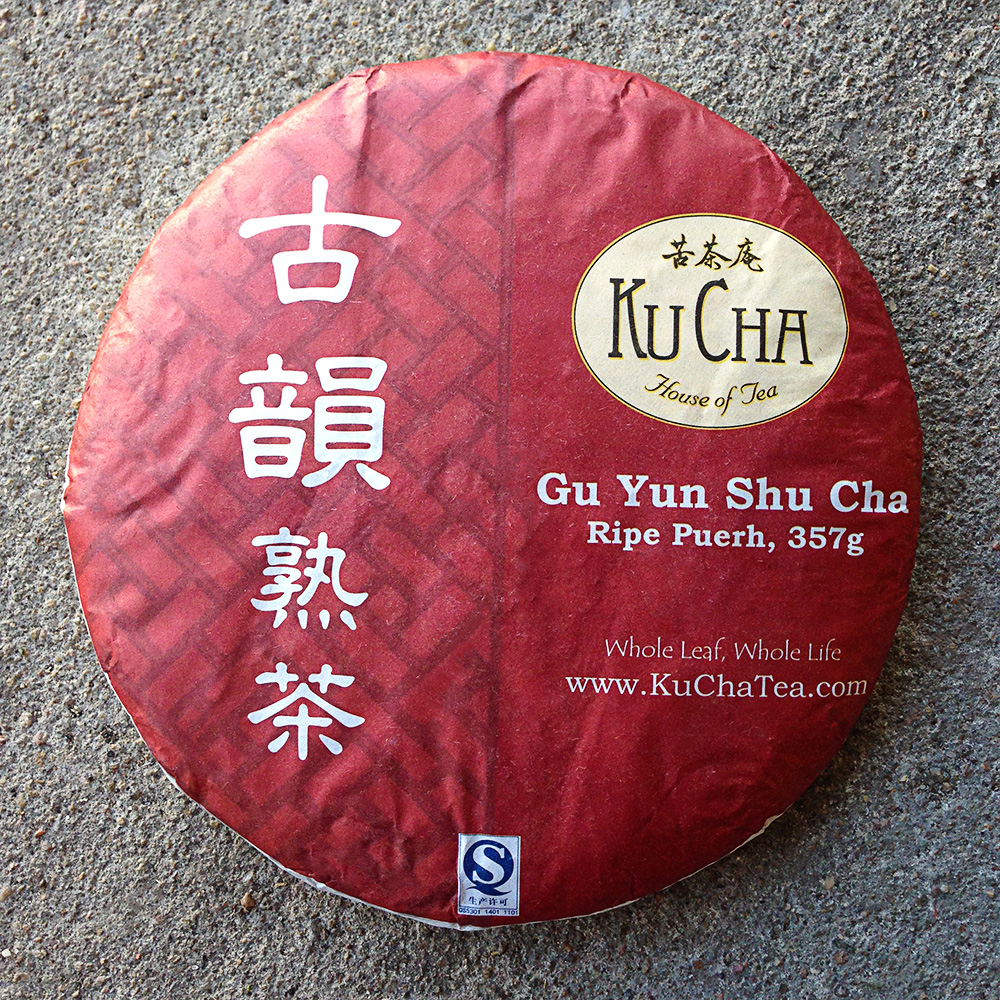
Pu-erh
It’s the least well-known of classic teas, and for many the most beguiling. Unlike the rest of the major tea categories, pu-erh teas are fermented, often after being formed into cakes. Tea connoisseurs treasure pu-erhs, and store them for years, just as wine enthusiasts age their bottles of Burgundy and Riesling. With age, pu-erhs gain increasingly more complexity.
Ku Cha’s Pu-erh Starter Kit Suggestion: Gu Yun. The name of this tea means “Ancient Atmosphere,” and it is Ku Cha’s signature ripe pu-erh cake. Gu Yun comes from an area of China’s Yunnan province, Menghai county, that is mountainous and full of tea bushes. The tea tastes earthy, yet clean and sweet at the same time.

